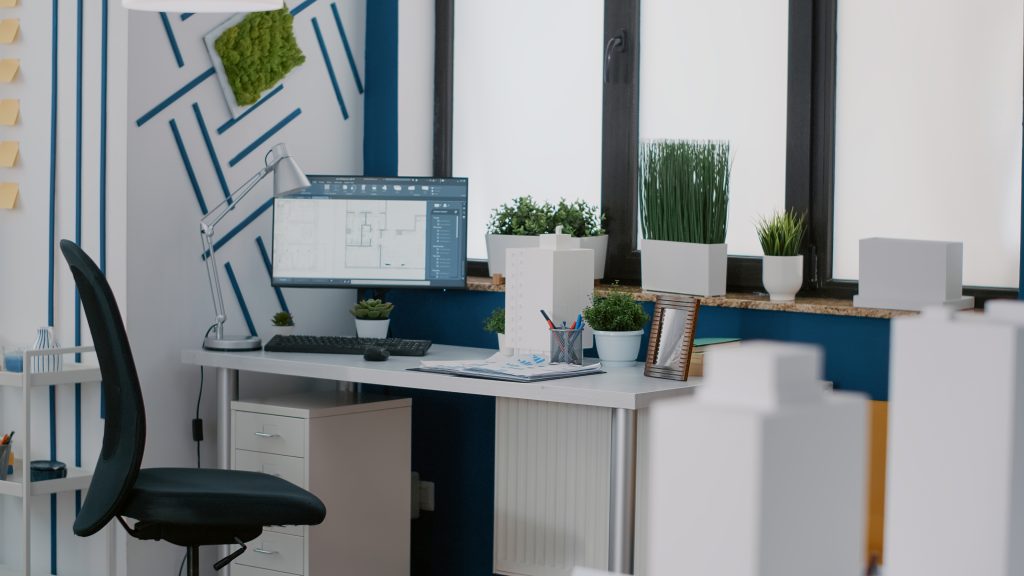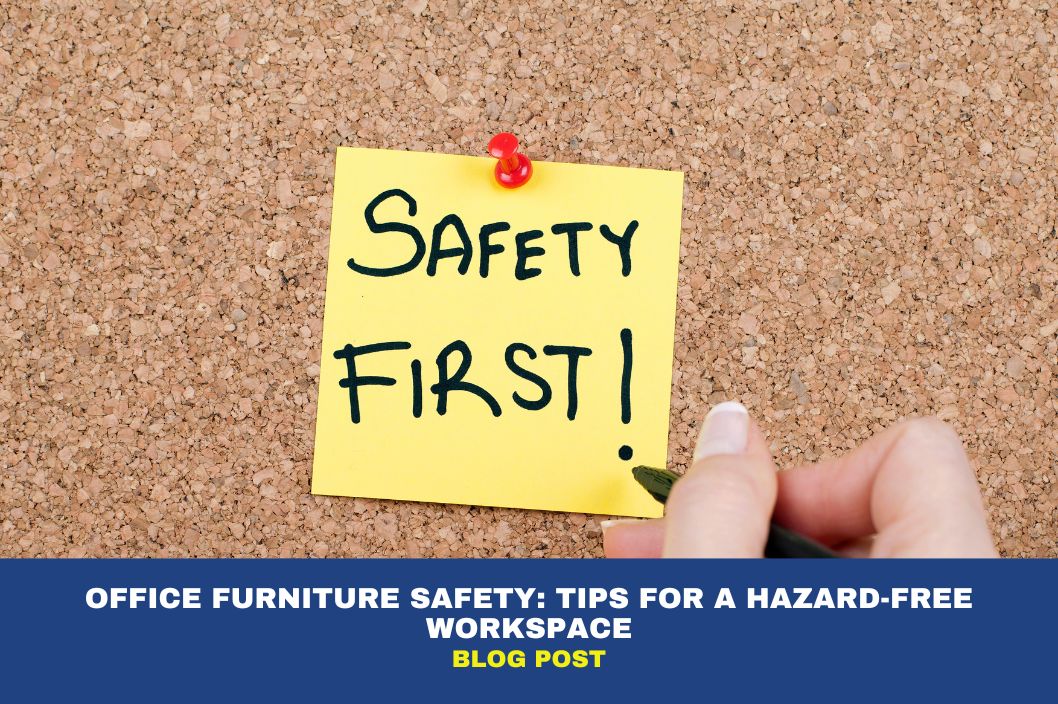Warehouse Clearance Sale – Limited time only!
Office Furniture Safety: Tips for A Hazard-Free Workspace
Creating a safe and comfortable workspace is crucial for maintaining a productive work environment, and office furniture safety is an integral part of achieving this. While office furniture plays a significant role in determining the comfort of employees, it can also pose potential hazards if not used correctly. As an employer or employee, it’s essential to ensure that the office furniture is set up and maintained appropriately to prevent accidents or injuries.

Here are Some Tips for Creating a Hazard-Free Workspace:
Choose Ergonomic Furniture
Ergonomic furniture is designed to support the body’s natural posture and reduce discomfort or injuries caused by long-term sitting. Consider investing in ergonomic chairs, desks, and keyboards to provide employees with a comfortable and safe working environment. When selecting ergonomic furniture, ensure that it is adjustable to suit different body types and preferences.
Keep Furniture in Good Condition
To further ensure the safety of employees, it’s important to incorporate office furniture safety into the regular maintenance routine. Check that chairs and desks are stable and not wobbly, and ensure that any sharp edges are covered or padded. Additionally, regularly inspect electrical components such as cords and outlets for any signs of damage or wear, and address any issues promptly. By taking a proactive approach to office safety, businesses can minimise the risk of workplace accidents and injuries.
Ensure Proper Placement
When it comes to office furniture safety, it’s crucial to ensure that the furniture is appropriately placed to prevent tripping or other hazards. Desks and chairs should be arranged in a way that allows employees to move around freely and safely. Avoid placing furniture near doors or in narrow walkways that may cause congestion and pose a tripping hazard.
Secure Furniture to Walls or Floors
When dealing with tall bookshelves, cabinets, and other large furniture items, employers should consider office furniture safety by securing these items to the walls or floors. Tipping over of these furniture pieces can cause serious injuries or property damage. Additionally, employers must ensure that the weight of items on shelves is evenly distributed to avoid overloading one side, which can cause the furniture to fall and potentially injure someone. Correctly installing and maintaining large furniture items can create a safer workspace for employees.
Use Cable Management Systems
Cables and wires from electronic devices can pose tripping hazards and create clutter in the workspace. Use cable management systems to keep cables and wires organised and out of the way. This will reduce the risk of tripping and make it easier to clean and maintain the workspace.
Train Employees on Proper Use
Training employees on proper office furniture safety is crucial for maintaining a hazard-free workspace. Teach employees how to adjust their chairs and desks to their body type, how to sit correctly, and how to move around the workspace safely.
In Conclusion
Creating a safe and hazard-free workspace involves:
- selecting ergonomic furniture ensuring proper placement
- keeping furniture in good condition
- firmly securing large furniture items
- using cable management systems
- and training employees on the proper use and care of the furniture.
Ultimately, by following these tips, employers and employees can maintain a safe and comfortable work environment that promotes productivity, well-being and office furniture safety.
Looking for expert guidance on designing a safe and productive workspace? Take advantage of our free space planning and consultation service! Our experienced professionals can help you maximise your workspace’s potential while ensuring that it is safe and hazard-free. Schedule your consultation today!
